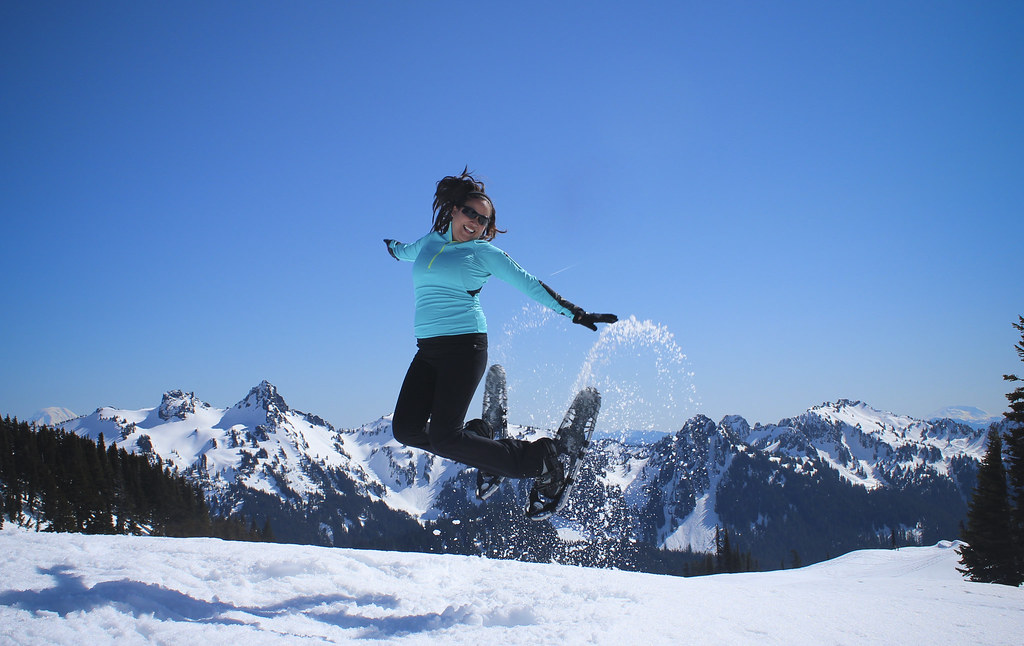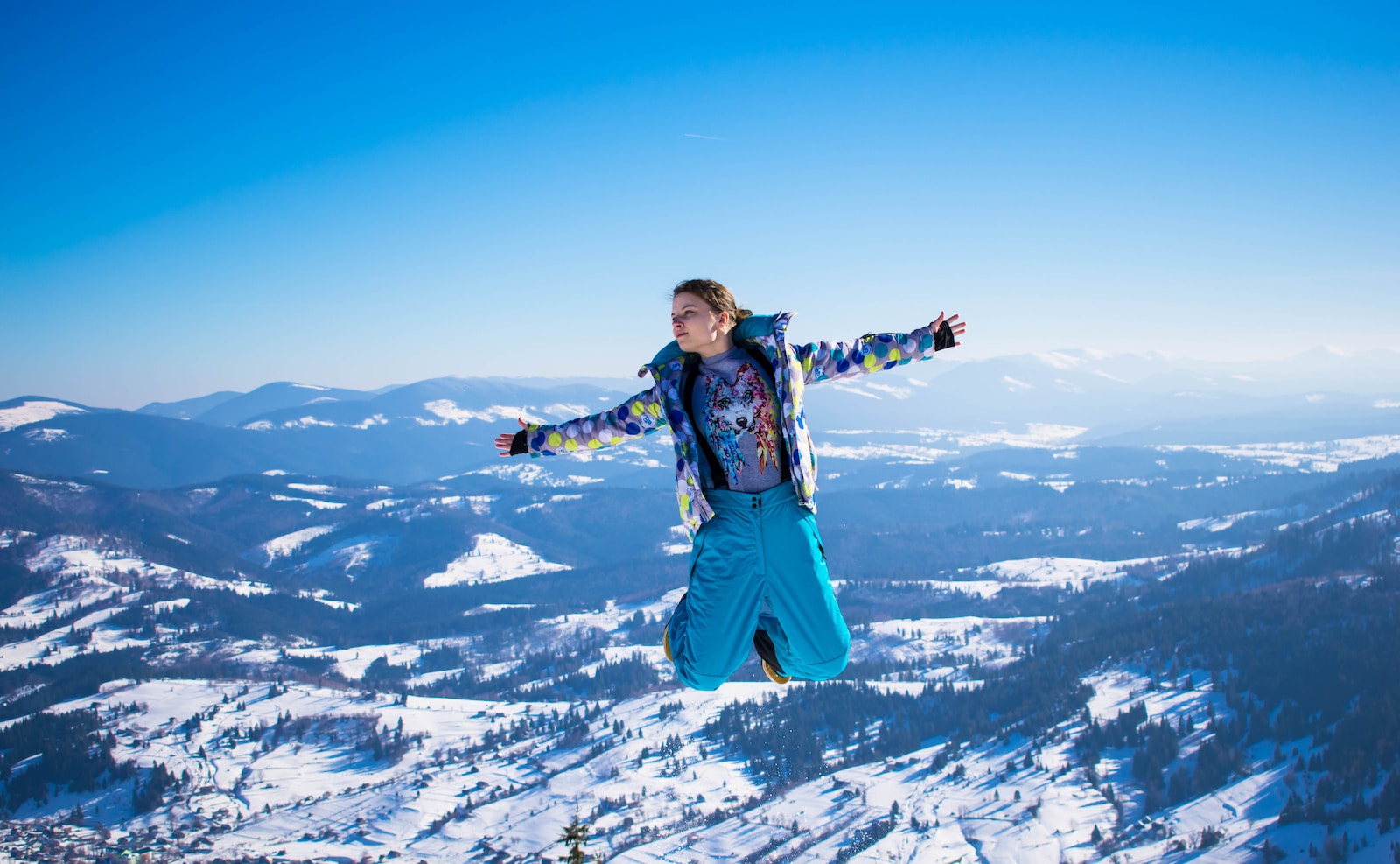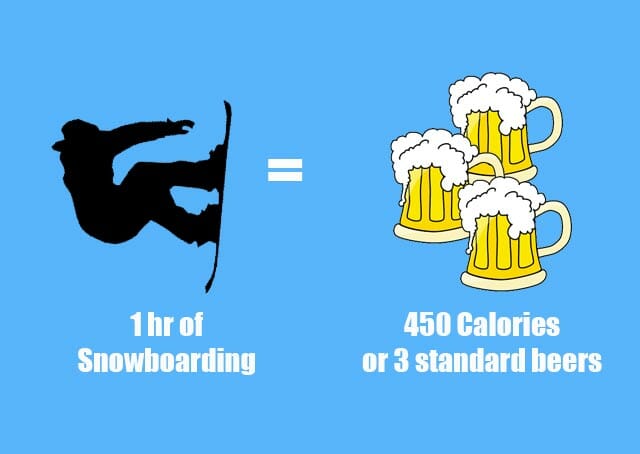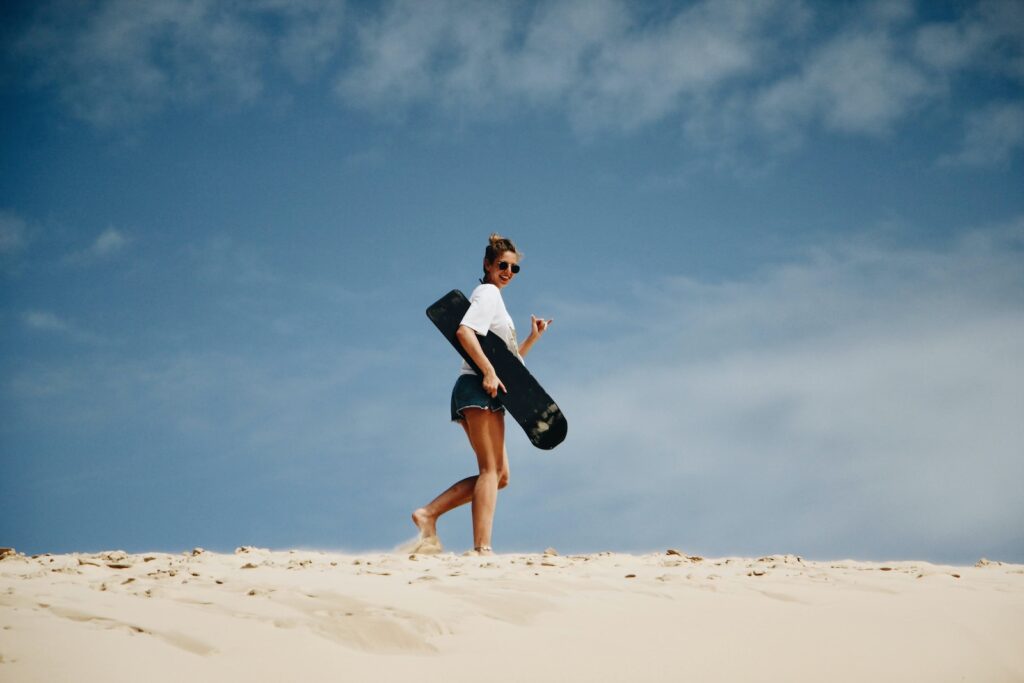
Sandboarding is a thrilling sport that has gained popularity in recent years. It involves sliding down sand dunes on a board, similar to snowboarding on snow-covered slopes. In this article, we will explore the world of sandboarding, from its origins to its future. We will discuss what sandboarding is, how it works, and compare it to snowboarding. We will also delve into the history of sandboarding, the best places in the world to go sandboarding, the different types of sandboards, safety tips, and how to prepare for a sandboarding trip. Additionally, we will explore the benefits of sandboarding, the biggest sandboarding competitions, the environmental impact of the sport, and the future of sandboarding.
What is sandboarding and how does it work?
Sandboarding is a sport that involves sliding down sand dunes on a board. The board used for sandboarding is similar to a snowboard, but it is specifically designed for sand. It is typically made of a durable material that can withstand the abrasive nature of sand. Sandboarding works by using the same principles as snowboarding. Riders strap their feet onto the board and use their body movements to control their speed and direction. They can carve turns, perform tricks, and experience the thrill of sliding down the dunes.
Compared to snowboarding, sandboarding has some distinct differences. The main difference is the surface on which the sport is performed. While snowboarding takes place on snow-covered slopes, sandboarding takes place on sand dunes. This difference in surface affects the way the board interacts with the terrain. Sand is a much softer and less predictable surface than snow, which can make sandboarding more challenging. Riders need to adjust their technique and be prepared for the unique characteristics of sand.
The history of sandboarding: from ancient times to now.
Sandboarding has a long and rich history that dates back to ancient times. The origins of sandboarding can be traced back to ancient Egypt, where it is believed that the pharaohs and their subjects used wooden planks to slide down the sand dunes. The sport was also practiced by the ancient Persians, who used wooden sleds to slide down the dunes. In more recent history, sandboarding gained popularity in the 20th century, particularly in countries with large desert regions such as Egypt, Namibia, and Peru.
In modern times, sandboarding has evolved into a popular sport and recreational activity. It has gained a following in countries all over the world, including Australia, the United States, and Brazil. Sandboarding has also become a tourist attraction in many desert regions, with dedicated sandboarding parks and resorts offering facilities and equipment for visitors to enjoy the sport.

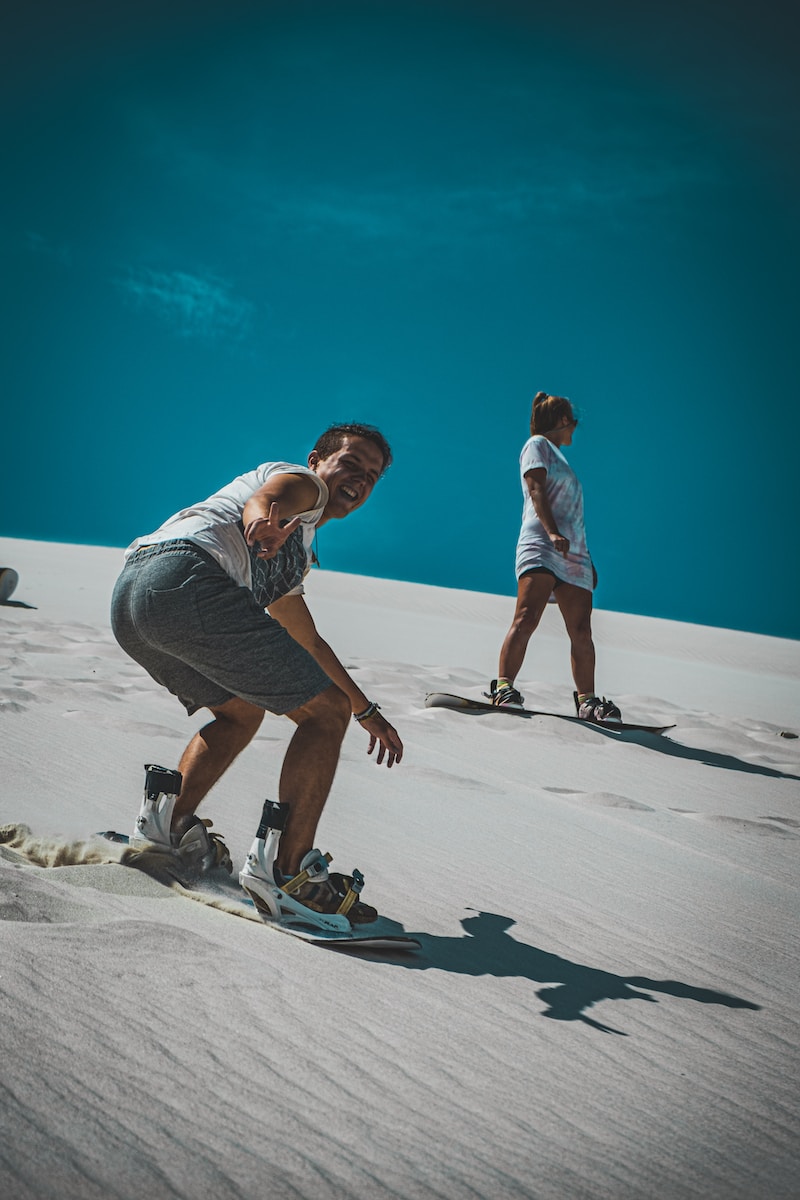
The best places in the world to go sandboarding.
There are many incredible destinations around the world where you can experience the thrill of sandboarding. One of the top destinations is Huacachina in Peru. Huacachina is a small oasis town surrounded by massive sand dunes, making it the perfect location for sandboarding. Visitors can rent sandboards and take lessons from experienced instructors before heading out to conquer the dunes.
Another popular destination for sandboarding is Namibia. The country is home to the Namib Desert, which is one of the oldest and driest deserts in the world. The towering sand dunes of Sossusvlei provide an ideal playground for sandboarding enthusiasts. The dunes offer a variety of slopes and terrains, making it suitable for riders of all skill levels.
Australia is also known for its sandboarding opportunities. The Stockton Bight Sand Dunes in New South Wales is one of the largest sand dune systems in the Southern Hemisphere and offers a range of sandboarding experiences. From gentle slopes for beginners to steep dunes for the more adventurous, Stockton Bight has something for everyone.
When planning a sandboarding trip, it is important to consider the weather conditions and the availability of equipment and facilities. It is also advisable to check if there are any local regulations or restrictions regarding sandboarding in the area you plan to visit.
The different types of sandboards and which one is right for you.
There are several different types of sandboards available, each with its own features and benefits. The most common types of sandboards are traditional sandboards, sled-style sandboards, and waxed sandboards.
Traditional sandboards are similar to snowboards and are designed for carving turns and performing tricks on the sand dunes. They are typically made of a durable material such as fiberglass or carbon fiber and have bindings that secure the rider’s feet to the board. Traditional sandboards are suitable for riders of all skill levels and can be used on a variety of sand dune terrains.
Sled-style sandboards, also known as sand sleds or sand toboggans, are a popular choice for beginners and younger riders. They are designed to be ridden in a seated or lying-down position, similar to a sled. Sled-style sandboards are lightweight and easy to maneuver, making them a great option for those who are new to the sport.
Waxed sandboards are a specialized type of sandboard that is designed for maximum speed on the sand dunes. They are typically made of a smooth, waxed material that reduces friction and allows the rider to glide effortlessly down the dunes. Waxed sandboards are best suited for experienced riders who are looking for a high-speed thrill.
When choosing a sandboard, it is important to consider factors such as your skill level, the type of terrain you will be riding on, and your personal preferences. It is also advisable to try out different types of sandboards before making a purchase to see which one feels the most comfortable and suits your riding style.

Safety tips for sandboarding: how to avoid injuries.
Safety should always be a top priority when participating in any sport or recreational activity, and sandboarding is no exception. While sandboarding can be a thrilling and enjoyable experience, it is important to take precautions to avoid injuries.
One of the most important safety tips for sandboarding is to wear protective gear. This includes a helmet to protect your head, knee and elbow pads to protect your joints, and wrist guards to protect your wrists. Wearing the appropriate protective gear can help prevent serious injuries in the event of a fall or collision.
It is also important to choose the right sandboarding location and terrain for your skill level. If you are a beginner, it is best to start on gentle slopes and gradually work your way up to steeper dunes as you gain confidence and experience. Riding on terrain that is too advanced for your skill level can increase the risk of accidents and injuries.
Another important safety tip is to always sandboard with a buddy. Having a friend or family member with you can provide an extra level of safety and support. They can help you in case of an emergency and can also provide feedback and guidance on your technique.
Additionally, it is important to be aware of your surroundings and any potential hazards. This includes checking for rocks, branches, or other obstacles on the sand dunes before you start your descent. It is also important to be mindful of other sandboarders and to give them plenty of space to avoid collisions.
How to prepare for a sandboarding trip: what to bring and wear.
Preparing for a sandboarding trip involves packing the right gear and clothing to ensure a comfortable and enjoyable experience. Here are some essential items to bring on a sandboarding trip:
1. Sandboard: This is the most important item to bring on a sandboarding trip. Make sure you have a suitable sandboard that is appropriate for your skill level and the type of terrain you will be riding on.
2. Protective gear: As mentioned earlier, wearing protective gear is crucial for safety. Make sure to pack a helmet, knee and elbow pads, and wrist guards to protect yourself from injuries.
3. Sunscreen: Sandboarding is an outdoor activity that exposes you to the sun for extended periods. It is important to protect your skin from harmful UV rays by applying sunscreen with a high SPF.
4. Water and snacks: Sandboarding can be physically demanding, so it is important to stay hydrated and energized. Bring plenty of water and snacks to keep yourself fueled throughout the day.
5. Comfortable clothing: Wear lightweight and breathable clothing that allows for freedom of movement. Avoid wearing jeans or heavy fabrics that can restrict your movement and make you uncomfortable.
6. Sunglasses: The glare from the sand can be intense, so it is advisable to wear sunglasses to protect your eyes and improve visibility.
When packing for a sandboarding trip, it is important to consider the weather conditions and the duration of your trip. Pack accordingly to ensure that you have everything you need for a safe and enjoyable sandboarding experience.
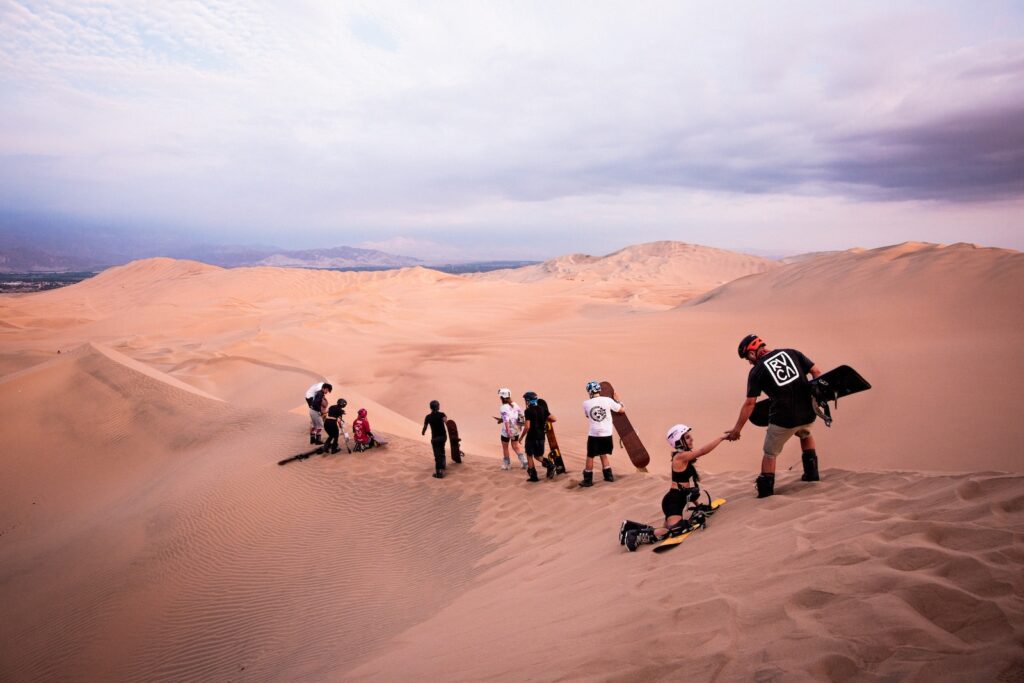
The benefits of sandboarding: how it can improve your health and fitness.
Sandboarding offers a range of physical and mental health benefits. From a physical standpoint, sandboarding is a great way to improve cardiovascular fitness and strengthen the muscles in your legs, core, and upper body. The constant movement and balance required to navigate the sand dunes provide a full-body workout.
Sandboarding also offers mental health benefits. The thrill and excitement of sliding down the dunes can provide a sense of exhilaration and boost your mood. It can also help reduce stress and anxiety by allowing you to focus on the present moment and enjoy the natural surroundings.
Compared to other sports and activities, sandboarding offers a unique combination of physical and mental challenges. It requires a combination of strength, balance, coordination, and mental focus. This makes it a great cross-training activity for other sports such as snowboarding, skateboarding, and surfing.
To maximize the health benefits of sandboarding, it is important to approach the sport with a balanced and mindful mindset. Take breaks when needed, listen to your body, and gradually increase the intensity and duration of your sandboarding sessions. It is also important to warm up and stretch before and after each session to prevent injuries and promote flexibility.
Sandboarding competitions: the biggest events around the world.
Sandboarding competitions have become increasingly popular in recent years, attracting participants from all over the world. These events showcase the skills and talents of sandboarding athletes and provide an opportunity for riders to compete against each other. Here are some of the biggest sandboarding competitions around the world:
1. Sand Master Jam: Held in Florence, Oregon, the Sand Master Jam is one of the largest sandboarding events in the United States. It features a variety of competitions, including freestyle, slalom, and downhill races. The event attracts both amateur and professional riders and offers a prize purse for the winners.
2. Sandboarding World Championships: Organized by the International Sandboarding and Sandski Association (ISSA), the Sandboarding World Championships is the premier sandboarding event in the world. It takes place in different locations each year and attracts top sandboarding athletes from around the globe. The competition includes various disciplines, such as freestyle, speed, and slalom.
3. Sandboarding Festival: Held in Ica, Peru, the Sandboarding Festival is a celebration of the sport and the local culture. The event features sandboarding competitions, live music, traditional dances, and local food. It is a unique opportunity to experience the vibrant sandboarding community in Peru.
Participating in a sandboarding competition can be a thrilling and rewarding experience. It allows riders to showcase their skills, compete against other athletes, and push their limits. If you are interested in participating in a sandboarding competition, it is important to train and prepare in advance. Practice your skills, familiarize yourself with the competition rules, and seek guidance from experienced sandboarding athletes.

The environmental impact of sandboarding and how to minimize it.
Like any outdoor activity, sandboarding has an environmental impact that needs to be considered and minimized. The sport can have both positive and negative effects on the environment, depending on how it is practiced. Here are some tips for minimizing the environmental impact of sandboarding:
1. Respect the natural surroundings: When sandboarding, it is important to respect the natural surroundings and avoid damaging the ecosystem. Stay on designated trails and avoid trampling vegetation or disturbing wildlife. Be mindful of any signs or regulations regarding protected areas or sensitive habitats.
2. Pack out what you pack in: Always clean up after yourself and leave the sand dunes as you found them. Take any trash or litter with you and dispose of it properly. This helps to keep the sand dunes clean and preserves the natural beauty of the area.
3. Use eco-friendly equipment: Choose sandboarding equipment that is made from sustainable materials and has a minimal impact on the environment. Avoid using equipment that contains harmful chemicals or pollutants.
4. Support local conservation efforts: Consider supporting local conservation organizations or initiatives that work to protect and preserve the natural environment. This can be done through donations, volunteering, or participating in clean-up events.
By following these tips and practicing responsible sandboarding, you can help minimize the environmental impact of the sport and ensure that future generations can continue to enjoy the beauty of the sand dunes.
The future of sandboarding: new trends and technologies.
The world of sandboarding is constantly evolving, with new trends and technologies emerging to enhance the sport. One of the trends that has gained popularity in recent years is sandboarding on artificial slopes. These slopes are created using specialized materials that mimic the texture and characteristics of sand. They provide a controlled and consistent surface for sandboarding, allowing riders to practice and improve their skills in any location.
Another trend in sandboarding is the use of electric-powered sandboards. These boards are equipped with electric motors that provide an extra boost of speed and power. Electric sandboards are becoming increasingly popular among riders who are looking for a more thrilling and high-performance experience.
In terms of technology, advancements in board design and materials are constantly being made. Manufacturers are experimenting with new materials and construction techniques to create lighter, more durable, and more responsive sandboards. These advancements are aimed at improving the performance and maneuverability of the boards, allowing riders to push the limits of what is possible on the sand dunes.
Looking to the future, it is likely that sandboarding will continue to grow in popularity and attract more participants from around the world. As the sport becomes more mainstream, it is expected that more sandboarding parks and resorts will be developed, offering dedicated facilities and infrastructure for sandboarding enthusiasts.
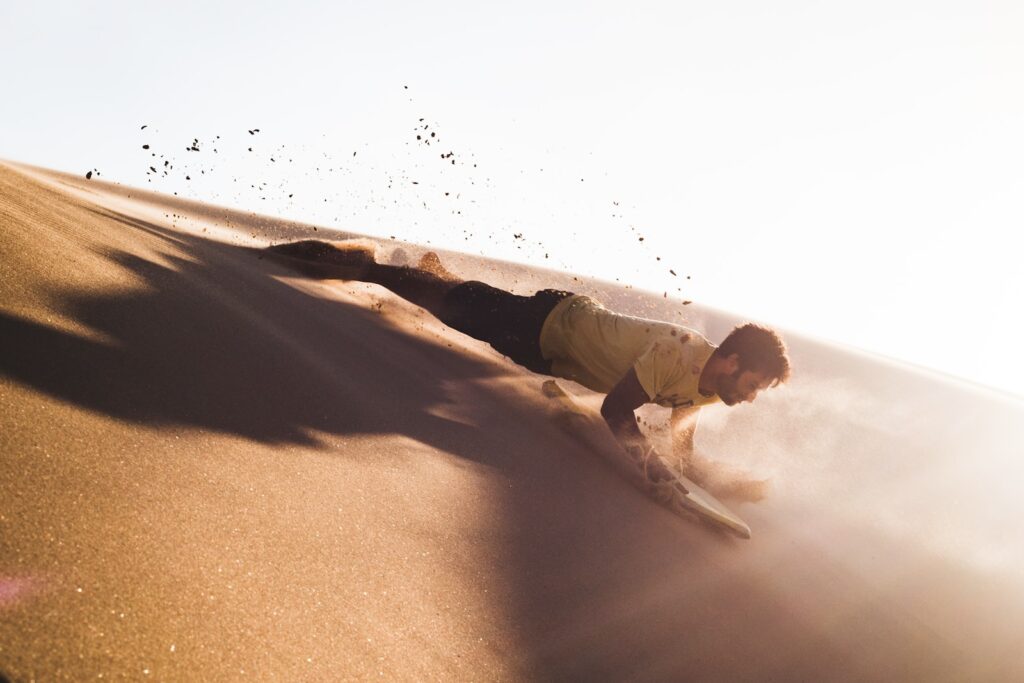
Conclusion
Sandboarding is a thrilling and exhilarating sport that offers a unique way to experience the beauty of sand dunes. From its ancient origins to its modern-day popularity, sandboarding has captivated people from all walks of life. Whether you are a beginner or an experienced rider, there

